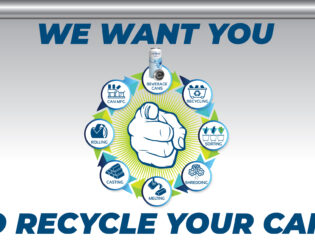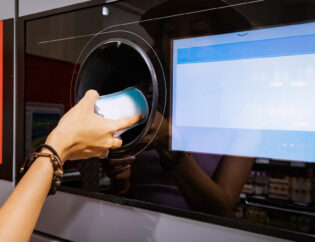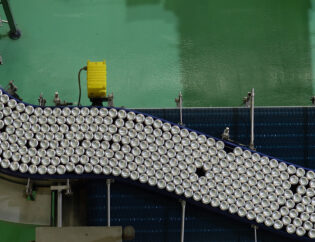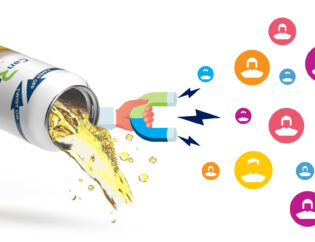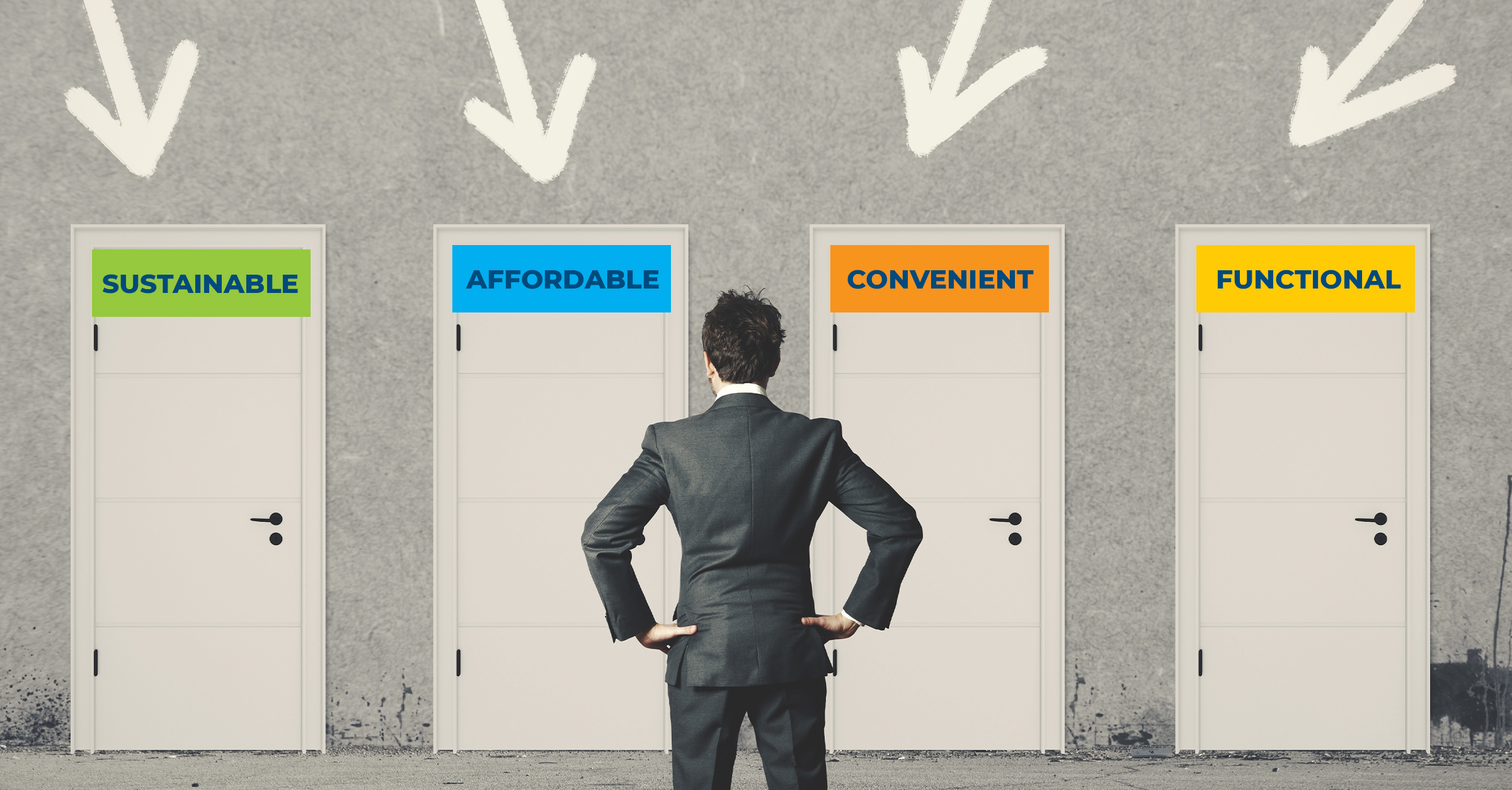
In the face of the escalating single-use plastic pollution crisis, our planet is desperate for transformative solutions. The paradigm shift toward a circular economy, buoyed by innovative sustainable packaging, offers hope for a cleaner and more sustainable future. As we navigate through the complexities of waste management and environmental stewardship, it is crucial to highlight the positive attributes of adopting sustainable practices.
Recyclable materials like aluminum and other metals present themselves as promising alternatives to traditional plastics. Aluminum, in particular, stands out as a beacon of sustainability due to its infinitely recyclable nature. Unlike other materials, which diminish in value and quality with each recycling cycle, aluminum retains its integrity, significantly reducing the burden on our environment.
Furthermore, returnable packaging systems have gained traction as a powerful tool to minimize waste. Adopting a “closed-loop” approach, these systems encourage customers to return packaging after use, reducing the need for single-use items. By fostering circular practices, businesses and consumers alike can actively participate in reducing plastic pollution.
Designing products and packaging with sustainability at their core is a crucial aspect of combating the world’s waste crisis. Sustainable packaging minimizes waste through eco-friendly materials, smart design, and efficient manufacturing processes. Embracing innovative design principles that prioritize recyclability and consumer appeal lays the foundation for a more environmentally responsible future.
However, the journey toward sustainable packaging extends beyond the individual efforts of companies and consumers. Collective action plays a pivotal role in driving systemic change. Governments, businesses, and communities must collaborate to create supportive policies, infrastructure, and awareness campaigns that promote sustainable packaging practices.
Crucially, we must remember that addressing plastic pollution does not mean condemning plastic altogether. Plastic, in its many forms, serves critical purposes in our lives. What we must question is the indiscriminate use of single-use plastics that end up polluting our oceans and landfills.
Embracing sustainable packaging does not imply sacrificing convenience or quality. On the contrary, it offers an opportunity to reinvent our relationship with the environment and the products we consume. It empowers businesses to take a leadership role in the fight against plastic pollution while nurturing a brand image that resonates with environmentally conscious consumers.
In conclusion, sustainable packaging innovations embody the beacon of hope in our battle against waste. Through the adoption of recyclable materials, reusable systems, eco-conscious design, and collective action, we can forge a harmonious relationship with our planet. It is time to embark on this transformative journey toward a greener and more sustainable future—one that embraces the promise of sustainable packaging and leaves plastic pollution behind.

